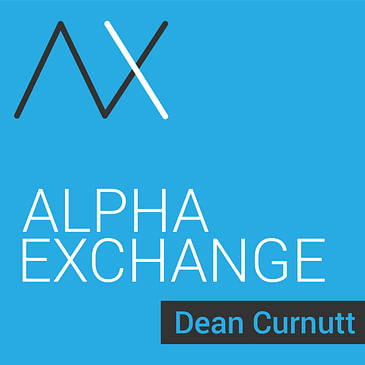Our final segment of 25 Sayings on Vol and Risk is upon us, and with it, 5 fresh pithy principles that I often turn to in trying to make sense of this chaotic sport we call markets. Along the way, in typing out these more than 20,000 words over the series, I’m probably out more than 50 dollars in espresso inspired drinks from Starbucks lead by the dirty chai latte and the caramel machiatto. But I’ve learned some stuff and had some fun and I hope you have as well.
Sayings 21 through 25 are…
- “When I see a bubble forming, I rush in to buy.” (George Soros)
- “Vol is the only anti-fragile asset.”
- “When financial markets implode, convexity can be found lurking at the scene.” (Harley Bassman)
- “The correlation of vol and the vol of correlation are not your friend.”
- “Vol has memory, vol mean reverts.”
Hope you Enjoy!

